Why 1,000+ Ingredients in U.S. Kids' Food Are Banned in Other Countries—What Every Mom Should Know
This article may contain affiliate links (which basically means if you buy something from a link on my site, I get a small percentage kickback from it.) However it’s no extra cost to you and it simply helps support this blog. Thank you so much for being here! I so appreciate you and hope you enjoy reading my articles!
As a mom, you want to do everything in your power to raise healthy, thriving kids. You research the best car seats, look for the safest toys, and make sure they get enough sleep each night. But what if I told you that some of the food you might be serving your little ones is packed with toxic ingredients banned in other countries?
Shocking, right? The reality is that over 1,000 toxic ingredients in foods sold in the U.S. are banned in countries like Europe, Canada, and Japan due to their known or suspected links to health issues. These include everything from cancer-causing chemicals to substances that can disrupt your child's hormones. Let’s dive into why these ingredients are banned elsewhere, how they impact kids' health, and what you can do to protect your family.
Why Are So Many Ingredients Banned in Other Countries?
You may be wondering why the U.S. allows these ingredients when other countries have banned them. The difference often comes down to regulatory standards. In the European Union, for example, the precautionary principle is in place, meaning that if an ingredient could pose a risk to health, it's not allowed until proven safe. In the U.S., it's often the opposite. Ingredients are typically deemed safe until they’re proven harmful—and even then, they may still remain on the market.
One key reason is that food manufacturers in the U.S. have a lot of influence over regulations, lobbying to keep using certain additives that make their products cheaper to produce or extend shelf life. Sadly, your child’s health isn’t always prioritized.
The problem when kids are exposure to toxins everyday
I want to chat about the concept of the "toxin bucket." It's a helpful metaphor to understand how our bodies handle environmental toxins and why it's especially important for children's health. Let's dive into this concept and explore its implications:
What is the “Toxin Bucket”?
Imagine our body as a bucket. This bucket represents our capacity to handle toxins. We're constantly exposed to various toxins in our environment - from the food we eat, the air we breathe, and the products we use. Our body has natural detoxification systems, primarily involving the liver, kidneys, and digestive system, which work to process and eliminate these toxins.
However, there are two crucial factors to consider:
1. Children's Detoxification Capabilities Aren’t As Developed as Adults
Let's dive a bit deeper into the science of children's detoxification systems. Children's bodies are still developing, which means their detox pathways - the routes toxins take to be processed and eliminated - aren't fully mature. Their livers, for instance, have lower levels of certain enzymes that break down toxins. This means toxins can hang around longer in their bodies, potentially causing more harm.
Think about it this way: If you and your child both eat a cookie with artificial food dyes, your body might process and eliminate those dyes fairly quickly. But your child's body? It might struggle a bit more, allowing those dyes to circulate longer and potentially affect their behavior or health.
This is why we often see children reacting more strongly to certain foods or environmental toxins. Their bodies are like smaller, more sensitive versions of our own - what might be a small annoyance for us could be a big deal for them. It's not that they're being dramatic; their bodies are genuinely more vulnerable to these effects!
Understanding this can be a game-changer in how we approach our children's nutrition and environment. It's not about panic or perfection, but about being mindful and making informed choices where we can. After all, we're not just feeding growing bodies - we're supporting developing detoxification systems too!
2. Overwhelming Exposure to Toxins
In today's world, we're exposed to an unprecedented number of toxins. The over 1,000 toxic ingredients in foods allowed in the U.S. but banned elsewhere, environmental pollutants, and household chemicals contribute to this exposure. Our contact with these substances is constant and cumulative, potentially leading to an excessive accumulation of toxins in our bodies.
This situation is particularly concerning for children. Their developing bodies are more susceptible to the effects of these toxins. Their detoxification systems are not fully mature, which means they may not process and eliminate toxins as efficiently as adults. This can result in a buildup of harmful substances in their bodies.
The potential consequences of this toxin accumulation are significant. It can affect various aspects of a child's health, including their immune system, cognitive function, and overall development. We may observe this in increased instances of allergies, difficulties with focus and attention, or other health issues that seem to be more prevalent in children today than in previous generations.
The Overflow Effect and Cellular Damage
When our toxin bucket overflows, it means our body can't effectively eliminate toxins fast enough. This overflow can lead to various health issues, primarily through cellular damage and inflammation:
Oxidative Stress: Excess toxins can cause oxidative stress, damaging cellular structures including DNA, proteins, and lipids. This is particularly concerning for children, as it can interfere with normal growth and development.
Chronic Inflammation: The body's constant struggle to deal with toxin overload can trigger chronic inflammation. In children, this might manifest as frequent illnesses, skin issues, or even behavioral problems.
Disrupted Cellular Function: Toxins can interfere with normal cellular processes. For example, some toxins act as endocrine disruptors, potentially leading to hormonal imbalances that can affect a child's growth and development.
Compromised Immune Function: The ongoing battle against toxins can weaken the immune system, making children more susceptible to illnesses.
As a mom, you might notice subtle signs that your child's "toxin bucket" is overflowing:
Your normally energetic 6-year-old seems constantly tired and has trouble focusing in school.
Your toddler experiences frequent tummy aches or has irregular bowel movements, possibly indicating gut health issues related to toxin exposure.
Your child develops unexplained rashes or seems to catch every bug going around at daycare, suggesting their immune system might be overwhelmed.
Understanding the toxin bucket concept empowers you to take steps to reduce your family's toxic load. By choosing organic foods when possible, avoiding processed foods with harmful additives, and creating a cleaner home environment, you can help prevent your child's toxin bucket from overflowing, supporting their overall health and development.
Toxic Ingredients Impacting Kids' Health
Here are just a few examples of toxic ingredients in foods that are still allowed in the U.S. but banned in other parts of the world:
Artificial Food Dyes – Commonly found in colorful cereals, snacks, and candies, artificial food dyes like Red 40 and Yellow 5 are linked to hyperactivity in children and are banned in Europe. Studies have shown that these dyes can negatively affect behavior, making it harder for kids to focus and learn.
Brominated Vegetable Oil (BVO) – Used in sodas and sports drinks, BVO contains bromine, a chemical also found in flame retardants. Yes, you read that right! BVO has been linked to memory loss, skin irritation, and neurological issues. While it's banned in Europe and Japan, it can still be found in many popular beverages in the U.S.
Potassium Bromate – This additive is used to strengthen dough and give bread that fluffy texture. However, it's also a known carcinogen, banned in Europe, China, and Canada. Unfortunately, it's still in some bread and baked goods in the U.S., putting kids at unnecessary risk.
Butylated Hydroxyanisole (BHA) & Butylated Hydroxytoluene (BHT) – These preservatives, found in chips, cereals, and processed foods, are known to cause cancer in animals. Both are banned in the European Union but are still widely used in U.S. food products.
Recombinant Bovine Growth Hormone (rBGH) – This synthetic hormone is injected into cows to increase milk production. It's banned in Canada, Europe, and other countries due to concerns about its impact on human health and animal welfare. In the U.S., it's still used in dairy production, potentially exposing children to hormones in milk and dairy products.
Azodicarbonamide – Known as the "yoga mat chemical," this additive is used as a dough conditioner in breads and baked goods. It's banned in Europe and Australia due to its potential to cause respiratory issues and allergies. Despite this, it's still found in many U.S. bread products.
Carrageenan – This seaweed-derived thickener is used in many dairy and non-dairy products. While not banned everywhere, it's prohibited in infant formula in the EU due to concerns about intestinal damage and inflammation. It's still widely used in the U.S., including in some children's foods.
Side Effects of Toxin Exposure for Kids
Here's a list of potential symptoms and negative health effects that children may experience due to exposure to toxic ingredients in foods:
Behavioral Issues: Hyperactivity, difficulty focusing, and mood swings
Cognitive Function: Problems with concentration and learning difficulties
Hormonal Disruption: Early puberty, thyroid issues, and irregular growth patterns
Endocrine Health: Unexplained weight gain and fatigue
Gut Health: Frequent stomach aches, irregular bowel movements, and potential food sensitivities
Skin Issues: Unexplained rashes, potentially related to gut health problems
Immune System: Increased risk of autoimmune responses
Long-term Health Risks: Chronic inflammation and increased risk of serious diseases later in life
It's important to note that these symptoms can vary from child to child and may be influenced by factors other than food additives. If you notice any persistent health issues in your children, it's always best to consult with a healthcare professional.
Toxins and Their Impact on Kids' Health
You work hard to create a healthy environment for your children, but toxic ingredients in foods can derail your efforts, impacting both physical and mental health. Here’s how these toxins could be affecting your kids:
Behavioral Issues and Cognitive Function: From a functional medicine perspective, artificial dyes like Red 40 and Yellow 5, as well as preservatives such as BHA and BHT, can significantly impact your child's neurological health. These additives have been linked to oxidative stress in the brain, potentially leading to neurotransmitter imbalances. This can manifest as hyperactivity, difficulty focusing, and even mood swings in children. If your little one is struggling to sit still during story time or seems more irritable than usual, these hidden ingredients could be playing a role.
Hormonal Disruption and Endocrine Health: Certain food additives, like Brominated Vegetable Oil (BVO), act as endocrine disruptors, interfering with your child's delicate hormonal balance. In functional medicine, we recognize that the endocrine system is intricately connected to overall health. BVO, for instance, can mimic estrogen in the body, potentially leading to early puberty, thyroid issues, and even affecting your child's growth patterns. Since kids are still developing, their bodies are especially vulnerable to these disruptions. You might notice subtle changes like unexplained weight gain, fatigue, or even mood swings that seem out of character for your child.
Chronic Diseases and Gut Health: Consuming carcinogenic ingredients like potassium bromate isn't just about cancer risk - it's about overall cellular health. In functional medicine, we look at how these toxins affect the body holistically. Regular exposure to these ingredients can lead to chronic inflammation, starting in the gut. This inflammation can compromise your child's intestinal barrier (often called "leaky gut"), potentially triggering food sensitivities, autoimmune responses, and even behavioral changes. Over time, this chronic inflammation and cellular damage increase the risk of serious diseases. You might notice your child complaining of frequent tummy aches, having irregular bowel movements, or developing unexplained rashes - all potential signs that these ingredients are affecting their gut health and overall wellbeing.
How to Protect Your Kids from Toxic Ingredients
The good news? You’re not powerless in this situation. There are steps you can take to minimize your child’s exposure to these toxic ingredients in foods.
Read Labels Religiously: One of the best ways to avoid harmful ingredients is to get familiar with food labels. Look for natural, whole-food ingredients you can pronounce. If you see a list of chemicals, especially ones that are hard to say, it’s a good sign the product contains questionable additives.
Prioritize Organic: Organic foods are grown and processed without the use of synthetic pesticides, herbicides, and many of the additives found in conventional foods. While going 100% organic may not be realistic for every family, prioritizing organic when you can, especially for the foods your kids eat regularly, is a great place to start.
Avoid Processed Foods: The majority of toxic ingredients in foods are found in highly processed items. Focus on feeding your kids whole, unprocessed foods like fresh fruits, vegetables, whole grains, and lean proteins. The fewer packaged foods they eat, the less likely they are to be exposed to toxic additives.
Check Out International Guidelines: Many moms are turning to European or Canadian food standards as a guide for what’s safe to eat. If an ingredient is banned overseas but still allowed in the U.S., it’s worth reconsidering whether that food is a good choice for your family.
Raising Healthier Kids—One Bite at a Time
Raising healthy kids in today’s world isn’t easy, especially when it feels like you’re constantly battling a food industry that prioritizes profits over safety. But by staying informed and making conscious choices, you can reduce your child’s exposure to toxic ingredients in foods. Small changes, like swapping out snacks or prioritizing clean ingredients, can make a big difference in your child’s long-term health.
You’ve got this, mama! Every step you take towards better nutrition is a win for your child’s future. Together, we can create a world where moms are empowered to raise healthier, thriving kids free from harmful toxins.
Join the Nourished Family Academy Course Today & Take Charge of Your Family Wellness!
You want the best for your family, but between the endless nutrition advice, confusing labels, and picky eaters, it’s easy to feel overwhelmed and stuck. You know how important it is to provide your kids with real, nourishing foods, but where do you even begin? Imagine feeling confident in every choice you make—knowing you’re giving your family the tools to grow, thrive, and avoid the health struggles that so many face today.
With the Nourished Family Academy Course, you’ll get step-by-step guidance, expert tips, and practical solutions to create a balanced, healthy lifestyle for your family. No more confusion or guilt around meals—just simple, effective strategies that work for busy moms like you, trying to support family wellness for now and for generations to come. Picture your mornings filled with easy, nutritious breakfasts and your evenings free from battles at the dinner table, knowing you’re setting the foundation for lifelong wellness for your kids.
Ready to make this change for your family? Click here to get on the waitlist or enroll now, and start your journey towards a healthier, happier home!
Bailey Petrucelli is a Women’s & Family Nutritionist and wellness advocate, passionate about helping moms and families take charge of their health. On her blog, The Peachy Nutritionist, she shares practical tips, empowering holistic wellness information, nutritious recipes, and real-life wellness strategies to empower moms to create a healthy and balanced lifestyle for their families.





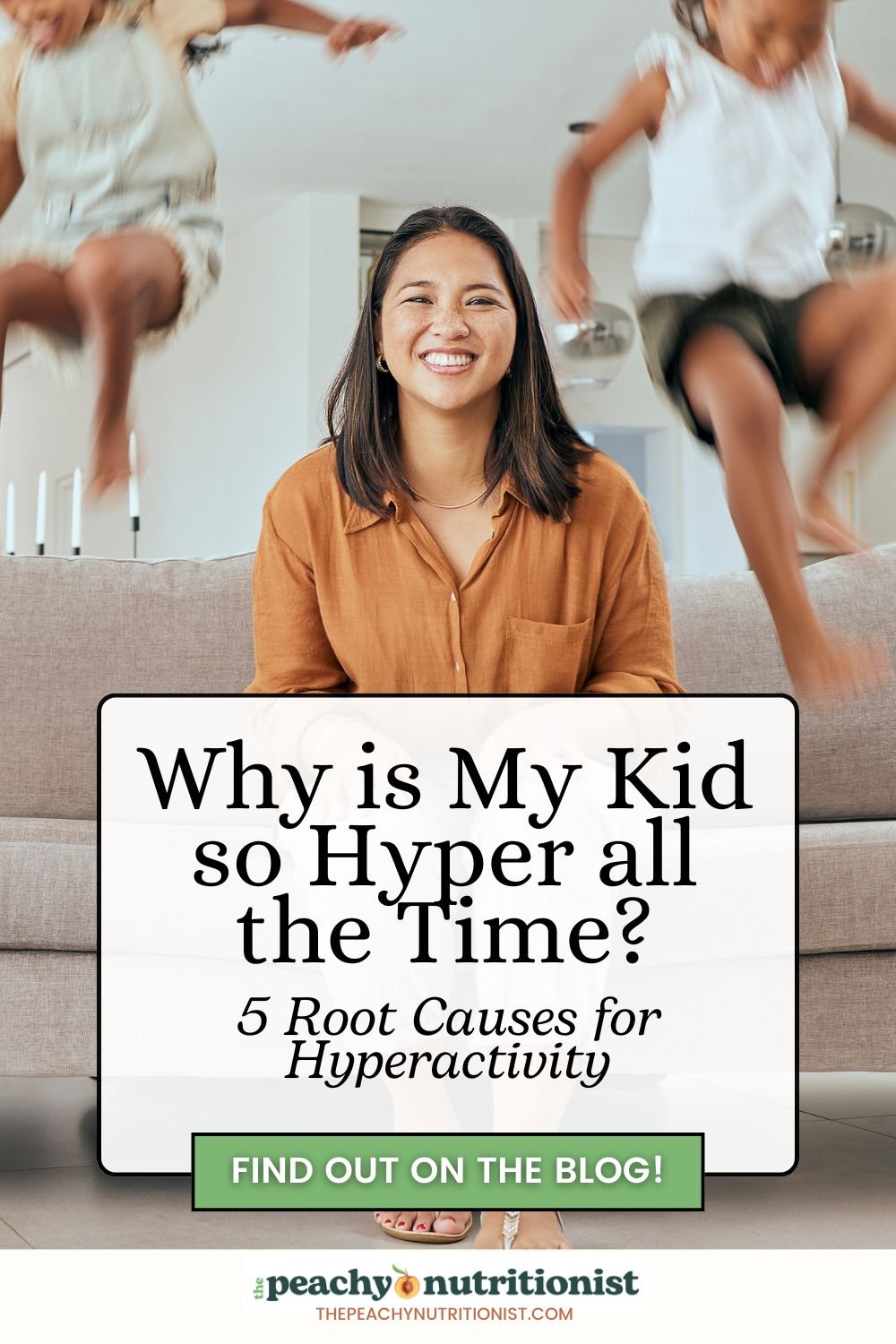

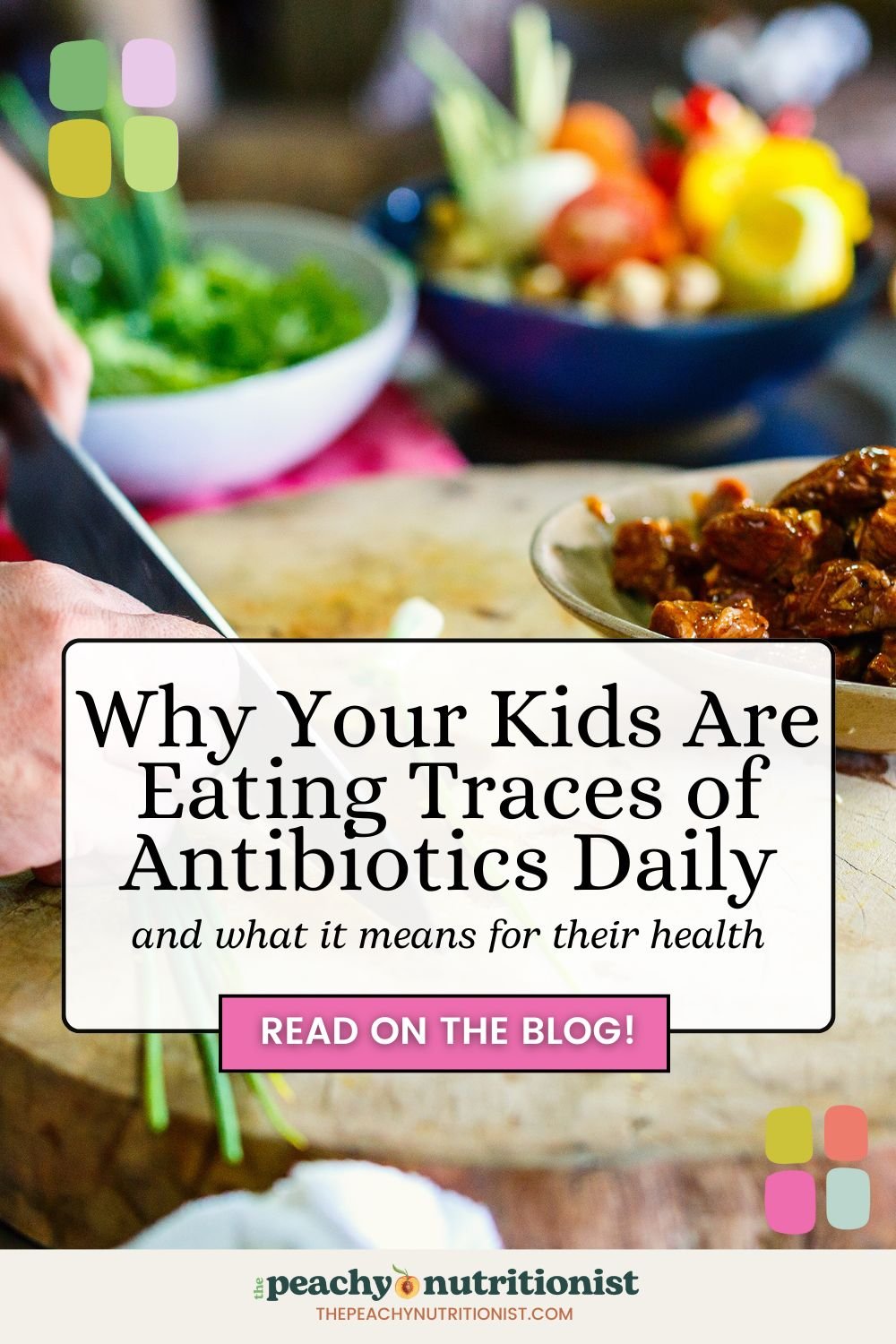











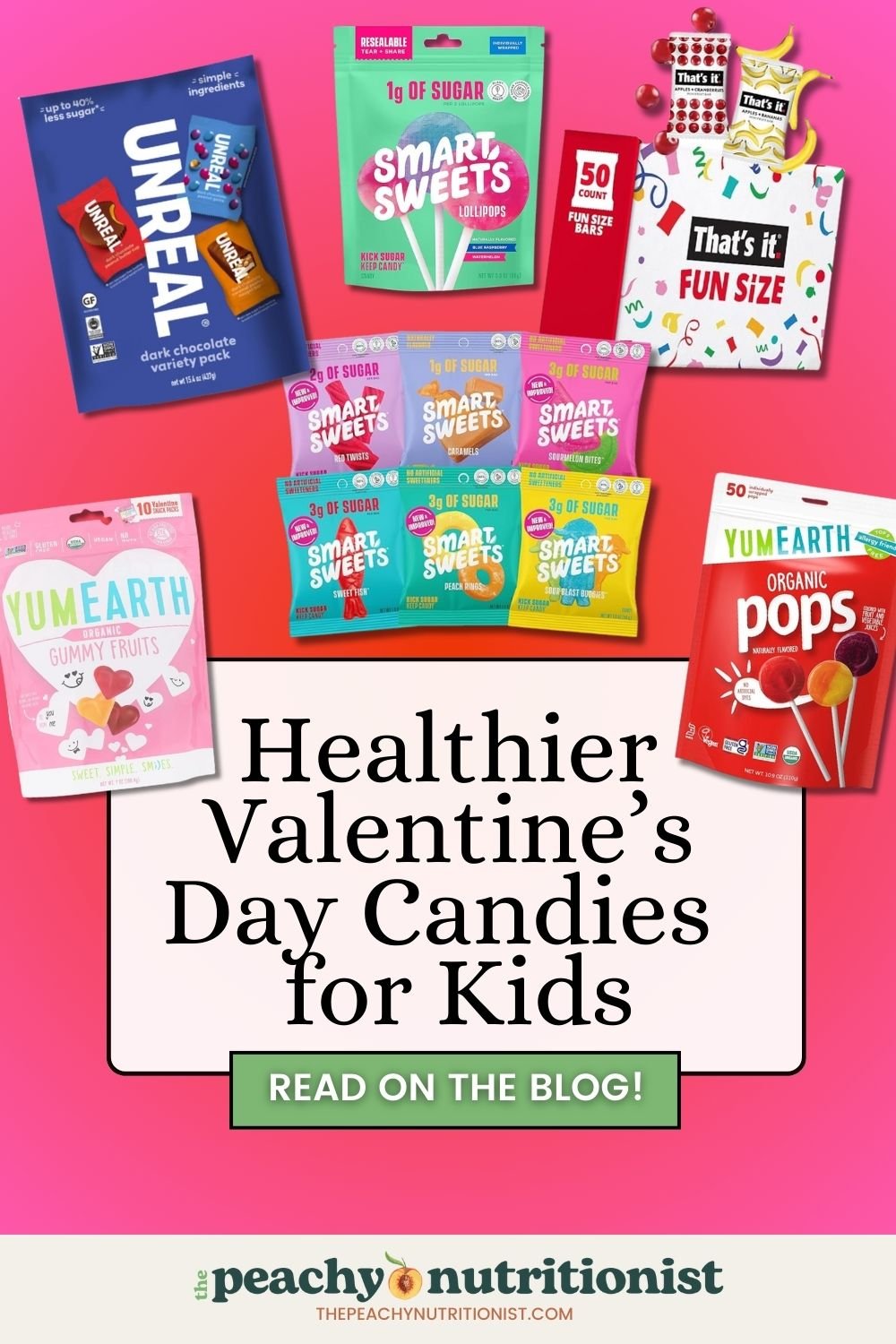
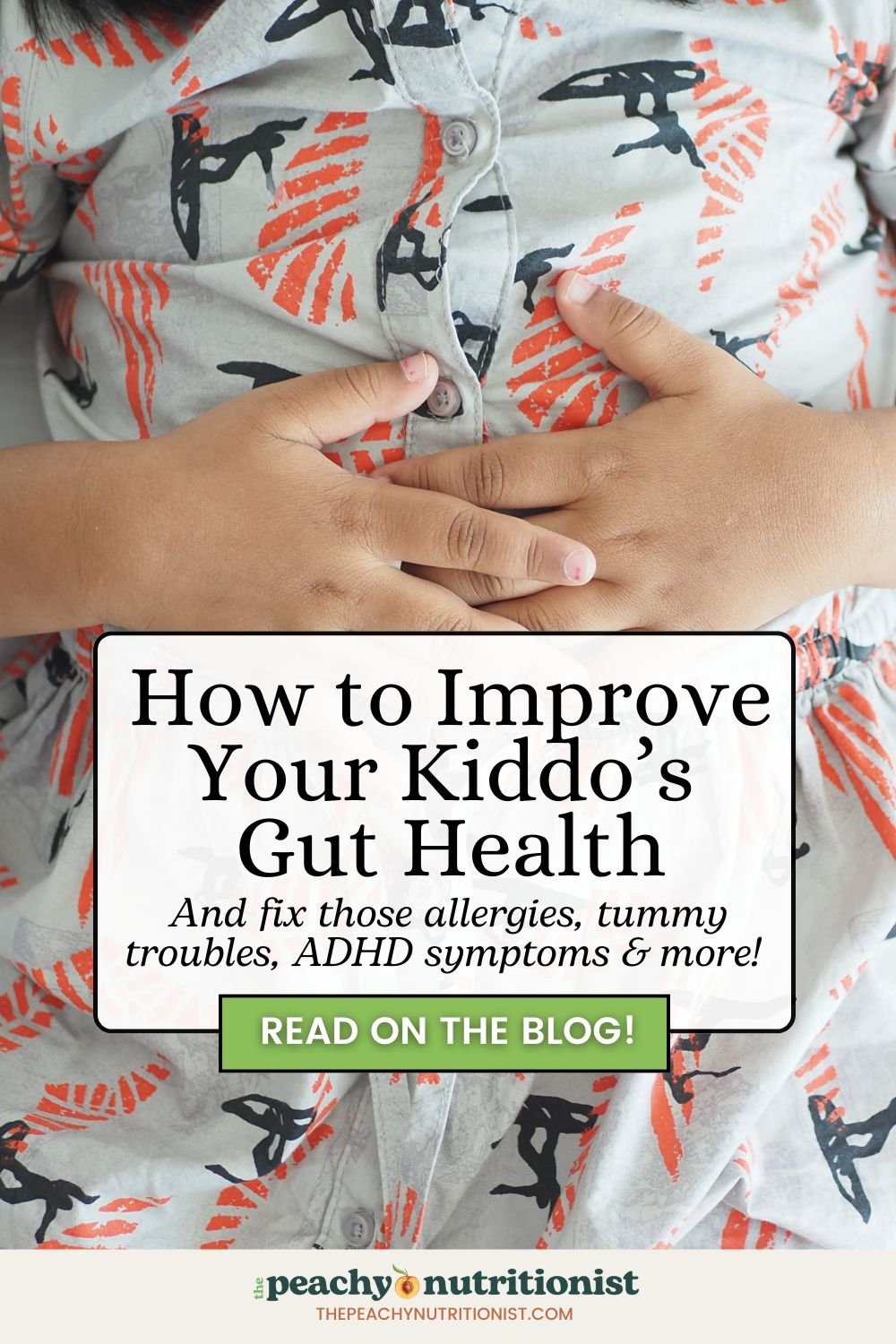
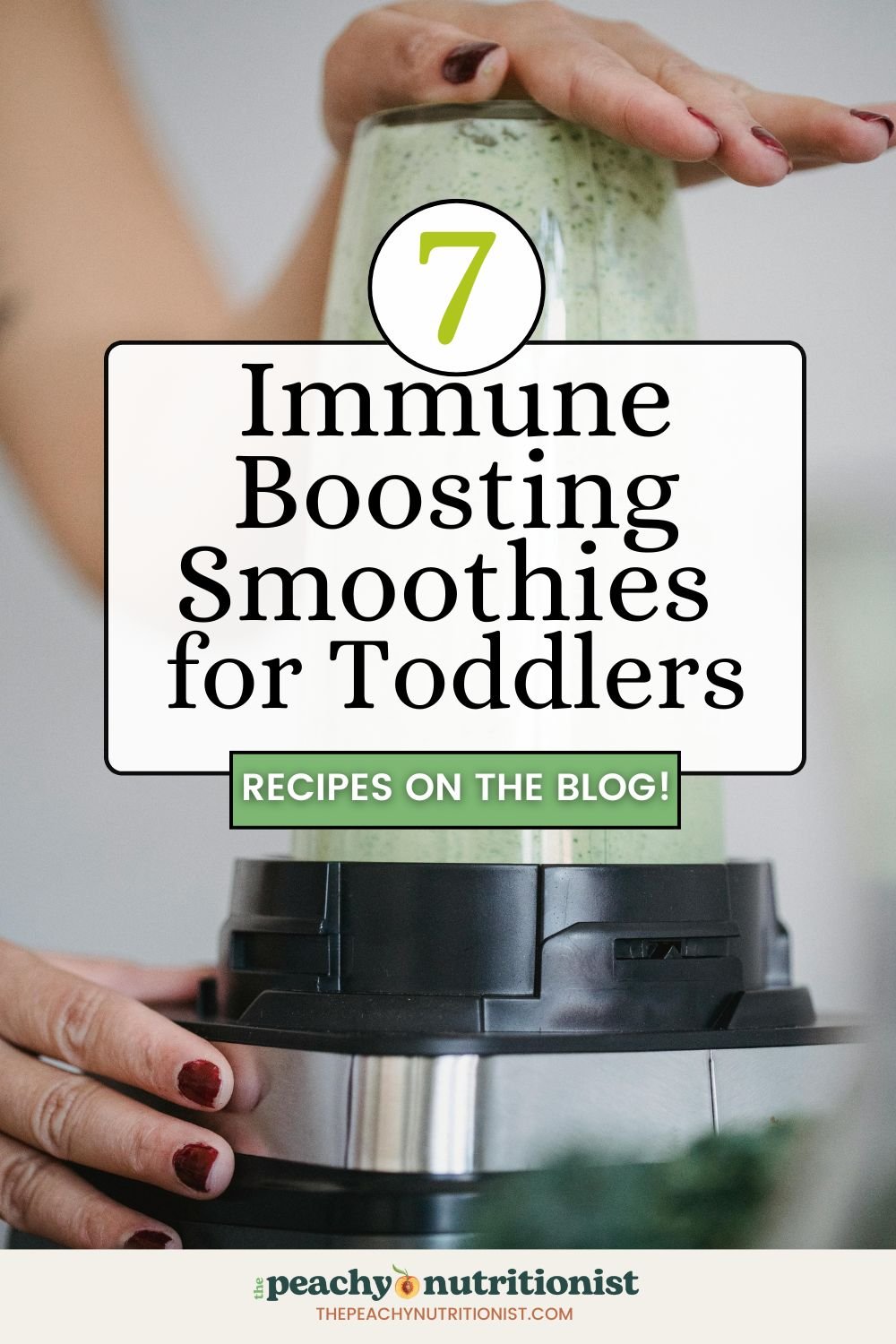

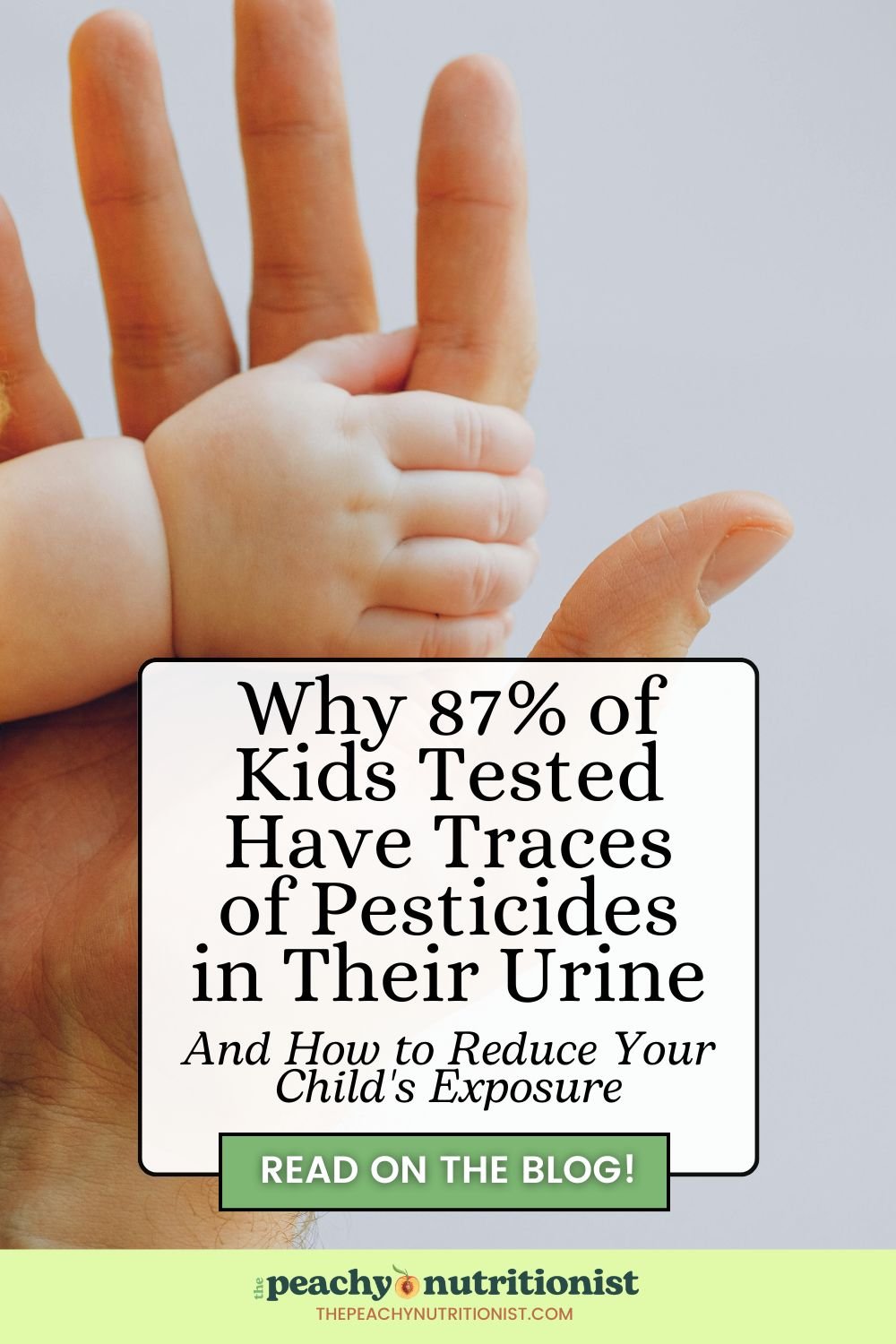

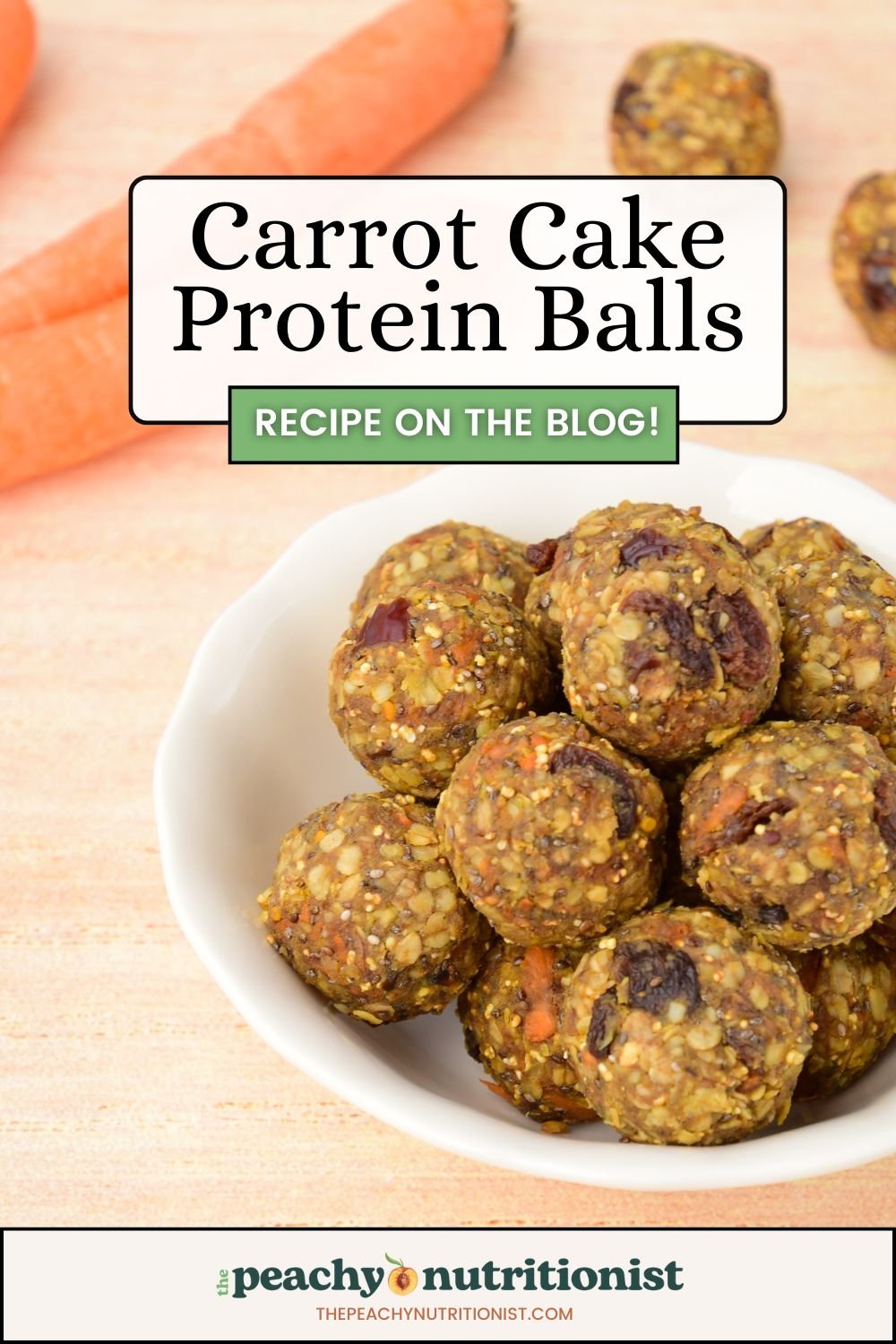
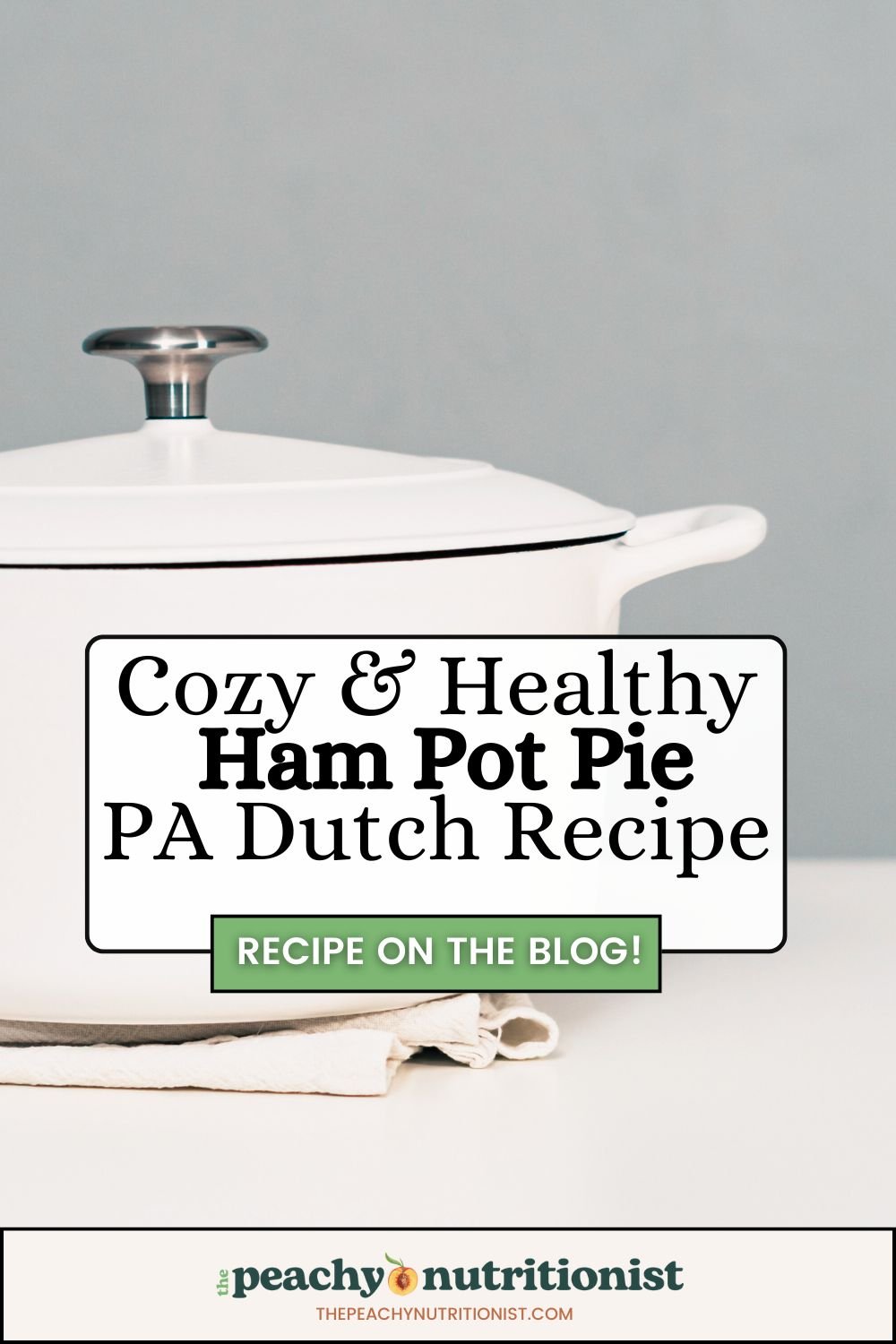
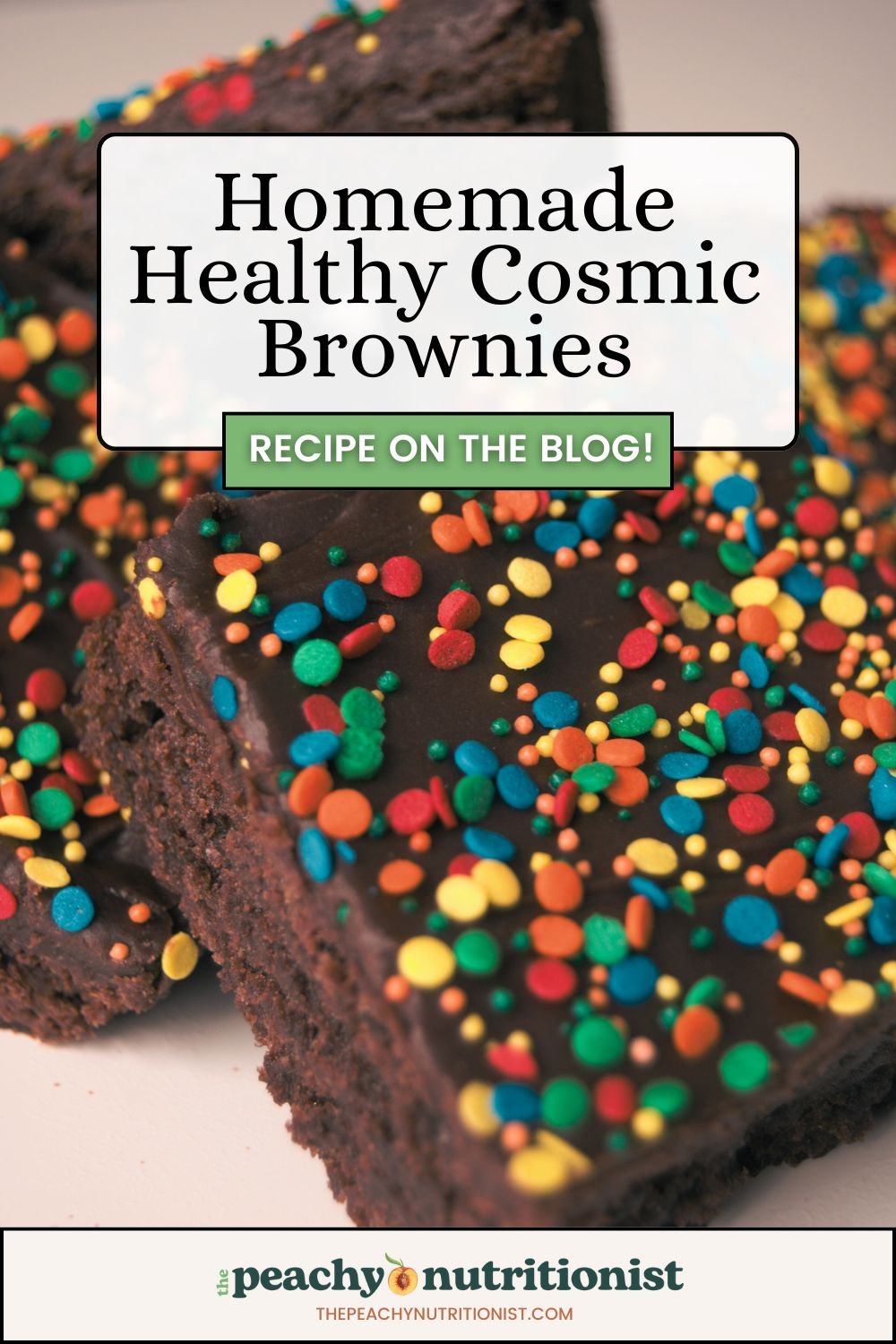
Need ideas for healthier Valentine’s Day candies for kids? Check these out! Links included!